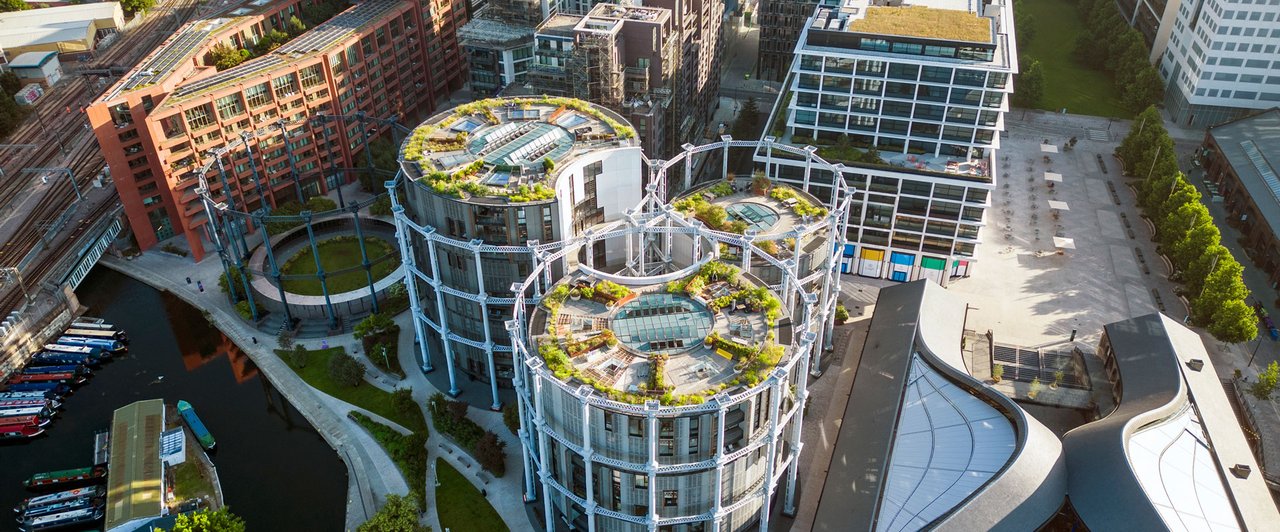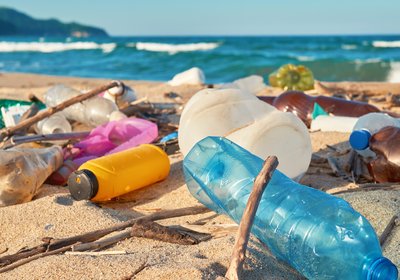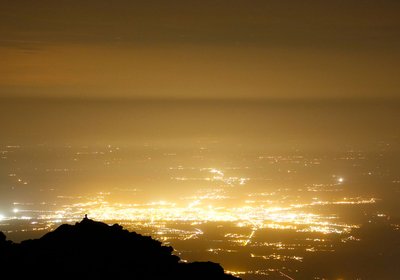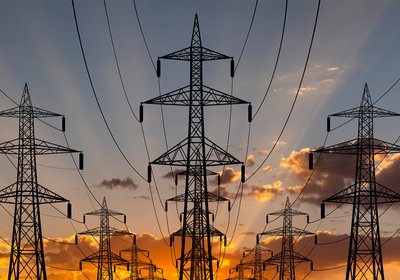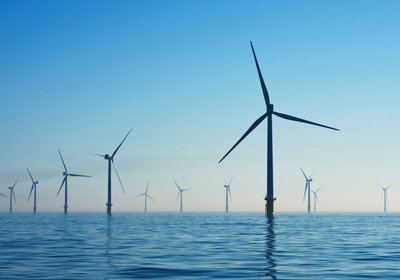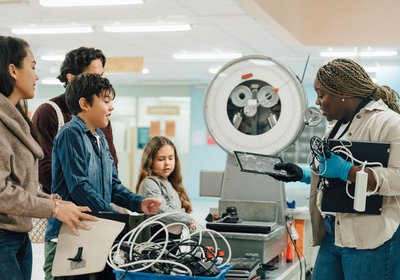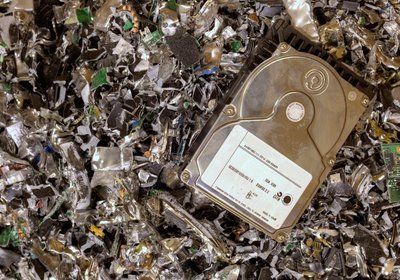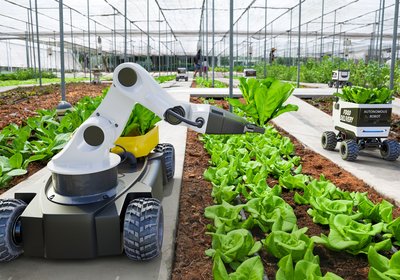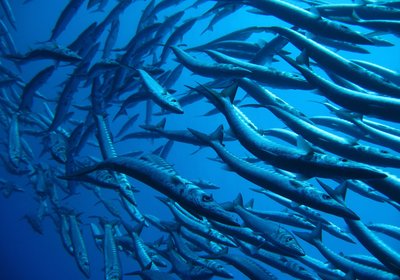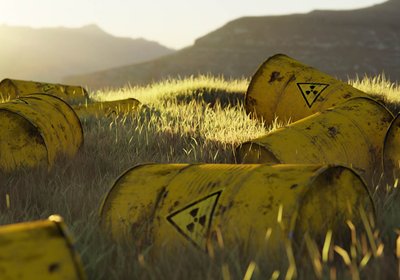Architects take inspiration from nature to build sustainable future
Biomimicry can lessen a structure’s impact on the environment and reverse ecological damage
By Jessica Rawnsley, Financial Times
“Those who look to the laws of nature as a support for their new works collaborate with the Creator.” So said Catalan architect Antoni Gaudí. But can buildings behave like trees? Might nature itself provide the answers to combating climate change? Can we design buildings that are not only net-zero but net-positive?
Confronted with the built environment’s hefty carbon footprint and a rapidly warming world, architects, scientists and designers are seeking novel ways to reduce construction’s environmental impact and build in harmony with nature.
Architect Mike Pearce, when wrestling with how to ventilate Zimbabwe’s Eastgate Development — a sprawling shopping centre and office block — turned to an unlikely inspiration: termites. Termites build towering mounds punctuated by a complex system of holes and tunnels that enable self-regulating ‘passive ventilation’: the holes allow internal airflow and natural convection, storing heat during the day and releasing it at night. And the insects clearly know what they’re doing: following their lead, Eastgate uses 90 per cent less energy than it otherwise would.
So-called biomimetic design involves imitating nature’s ecosystems, processes and organisms for sustainable solutions to human problems. Humanity has long drawn inspiration from nature, but biomimicry has the explicit intention of lessening a building’s impact on the environment and creating structures that actively benefit it, or reverse ecological damage. Buildings become an extension of the flora, fauna and wider ecosystem.
“The big picture view is that we need to learn to integrate everything we do as humans into the web of life that supports us,” says Michael Pawlyn, founder of Experimental Architecture and a biomimicry connoisseur. He believes we can learn from the adaptations that exist in nature to help us rethink material consumption and circularity, cities and industry.
Pawlyn says more specific applications of biomimicry translate precise functions in biology into solutions that work for humans. Often, the sources of those ideas in biology are“much more resource-efficient than conventional ways of doing things”.
The need is clear. Buildings account for nearly 40 per cent of global carbon emissions: in the embodied carbon of their materials, construction and ongoing use. Concrete and cement are among the biggest culprits, together contributing 8 percent of the world’s carbon footprint. Although cities occupy only about 4 percent of global land, they gobble huge amounts of energy, water and resources whilst belching out greenhouse gases.
It is a growing challenge as the urban population continues to rise. The UN predicts that, by 2050, 68 per cent of the global population will live in cities. Some put the housing requirement as the equivalent of building a space the size of New York City every month for the next 40 years — space that needs to be ecologically regenerative.
Copying nature has already led to vastly more sustainable buildings. US-based BioMason grows biocement, inspired by coral reefs, that traps carbon during production rather than releasing it. Wider, renewable energy sources like solar and heat pumps are gaining real traction in efforts to build carbon-neutral homes.
But proponents of regenerative architecture argue the world must move beyond sustainability, net-zero and carbon-neutral, to net-positive design that actively boosts biodiversity.
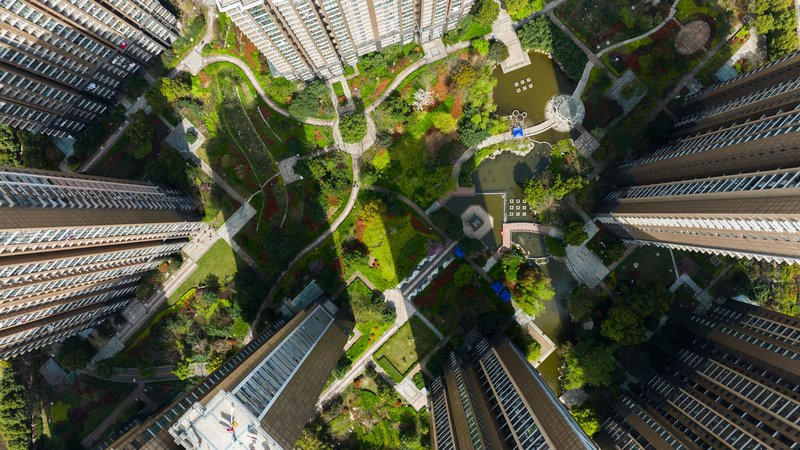
Pawlyn’s epiphany arrived on the wings of the 2018 IPCC report. “I came to the conclusion that 30 years of sustainable design had not got us anywhere near where we need to be,” he says. “We needed to shift to a new paradigm of regenerative design.”
It led him to co-author a book, titled Flourish: Design Paradigms For Our Planetary Emergency, and to call on architects worldwide to declare a climate emergency. More than 7,700 companies across 28 countries signed.
Farid Mohamed, an engineer at US-based consultancy Biomimicry 3.8 says: “If you were going to create a facility like a factory next to a forest, then that urban environment should perform at the same level as the forest next door. It should be able to perform ecosystem functions like stormwater management, nutrient cycling, air filtration, and providing wellbeing for communities.”
Rachel Armstrong, professor of regenerative architecture at KU Leuven, Belgium, and a pioneer of ‘living architecture,’ goes further: “To achieve more than net-zero, we need to think about how buildings transform energy and resource and make it more valuable to its inhabitants. The only system that is able to do that is not a machine, it’s life itself. So can we take the principles from the living world and incorporate them into our buildings to change their environmental impact?”
Nothing in nature is wasted. One dead tree is food for another. One animal’s leftovers is another’s sustenance. And so on. So a regenerative home would not flush its wastewater down the drain or toilet, for example, but harness it as a critical resource: biogas for energy or compost for the soil.
Yet the world is a long way from carbon-neutral construction as the norm, let alone creating buildings in symbiotic harmony with their surroundings. Biomimicry 3.8 was co-founded by biologist Janine Benyus, who coined the term in her book, Biomimicry: Innovation Inspired By Nature, back in 1997. Why is it not more widespread?
“Time and the current incentives,” says Mohamed. Building processes are entrenched: cement has been made the same way since the Victorian ages. But things are beginning to move, prodded by net-zero targets and regulation. Biomimicry 3.8 has seen an “exponential increase” in the past few years in companies seeking help to transform their buildings.
Substantial, systemic barriers remain, however.. “The big stumbling block is capitalism, frankly,” says Armstrong. “In terms of the development of technologies, we’re there. But when you start looking at mass-consumption and mass-manufacturing, this model of creating resource and space doesn’t fit with capitalism. Revaluing waste streams, for example, is really good for communities. Not so good for fat cats.”
It will take government intervention – carrot-and-stick approaches to change the construction industry’s motives – and giving communities tools of empowerment. But the true shift won’t happen until there’s no other choice.
“Once blackouts happen, once we start getting electricity shortages, food shortages, having urban farms and waste-based systems that can help you recover after a big flood or natural disaster is a question of survival,” Armstrong says. “Where there will be traction is when the climate emergency feels extremely real and people really think about resilience.”
Again, nature holds the answers. Regenerative architecture creates a more resilient environment that can resist natural challenges. Mohamed, and his colleague Nick Heier, recently visited Costa Rica to kayak through the mangroves, looking for lessons. Mangroves are “one of the best ecosystem engineers that exist,” says Heier. “They’re some of the best climate natural disaster resilience structures, and the most efficient carbon sequestration ecosystem.”
“I think we’re at the start of a very interesting learning curve,” says Armstrong. “Unfortunately it’s coming with the Armageddon of climate change.”
